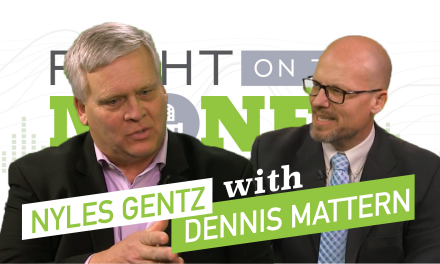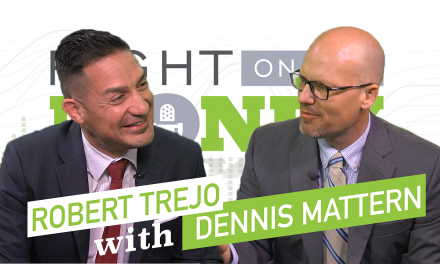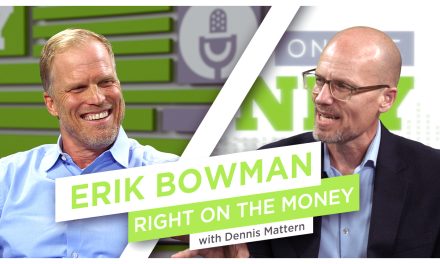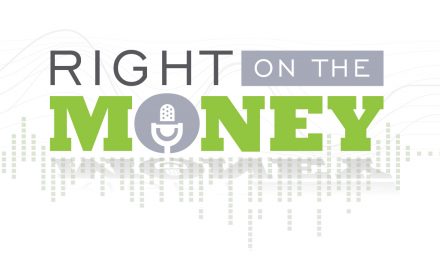A Basic Explanation of the Levels of Coverage under Obamacare
The topic of affordability can be confusing with regards to employer-sponsored coverage, as well as affordability “safe harbors.” Applicable Large Employers (ALEs) need to protect themselves from potential penalties for offering coverage deemed unaffordable, including some of the mandated coverage under the ACA.
As was discussed in the preceding video blog, ALE’s are required to offer medical insurance coverage to their full-time employees, or face a penalty of $2,160 per employee (with the first 30 being exempt) for the year 2016, with that penalty increasing each year. There is also a very costly penalty related to affordability that ALE’s need to be keenly aware of.
Under the ACA, the cost to employees for “employee-only” coverage on the lowest-cost plan an ALE offers is not to exceed 9.66 percent of that employee’s “modified adjusted gross income.” If the employee’s cost for employer-sponsored coverage on the lowest-cost plan offered exceeds 9.66 percent for “employee-only” coverage, the coverage is deemed “unaffordable” and there is then a possibility that the said employee may qualify for a premium tax subsidy on the government marketplace.
It is important to note simply offering coverage in which the cost is higher than the mandated 9.66 percent of the employee’s modified adjusted gross income is not what triggers a penalty. The penalty is not triggered until that employee does, in fact, receive a premium tax subsidy on the government marketplace. In this instance, an ALE is subject to a penalty of $3,240 per employee who receives a subsidy, and whose coverage is deemed unaffordable.
There are, however, safe harbors an ALE can implement in order to ensure they are not subject to financial penalties as a result of this.
The first safe harbor is referred to as the “W-2 safe harbor.” Under this safe harbor, an ALE may determine the affordability of its health coverage by reference only to an employee’s wages from that ALE, which is determined by box 1 of the employee’s W-2 form for that year. The employee’s share of the cost is not to exceed 9.66 percent of the employee’s box 1 wages. The drawback is it is nearly impossible to predict what an employee’s box 1 wages will be over the course of a year, and the employee contributions have to be consistent over the course of the year, and can’t be adjusted from one pay period to another.
The second safe harbor is referred to as the “rate of pay safe harbor.” Under the rate of pay safe harbor, an ALE can satisfy the affordability calculation without the need to analyze every employee’s wages and hours. An ALE may take an employee’s hourly rate of pay, multiply that rate by 130 hours per month and then determine affordability based on the resulting monthly wage amount.
The last safe harbor is called the “federal poverty line safe harbor.” This safe harbor is generally considered to be the safest of the safe harbors to implement, and requires the least amount of calculation. Under this safe harbor, an ALE would take the federal poverty line, multiple it by 9.66 percent, and then divide by 12 to determine the monthly amount that can be charged to an employee. For the year 2016, this amount is $94.75.
Watch the video interview with industry expert and contributing author Kathy Garza as she addresses, in detail, the safe harbors and services that were mandated under the Affordable Care Act, such as preventive benefits.
Nationally syndicated financial columnist Steve Savant interviews employee benefit specialist Kathy Garza on the Obamacare Update. Right on the Money is a weekly one-hour online broadcast for TV and radio distribution. The show contains five ten-minute segments that are redistributed online as individual video press releases.





